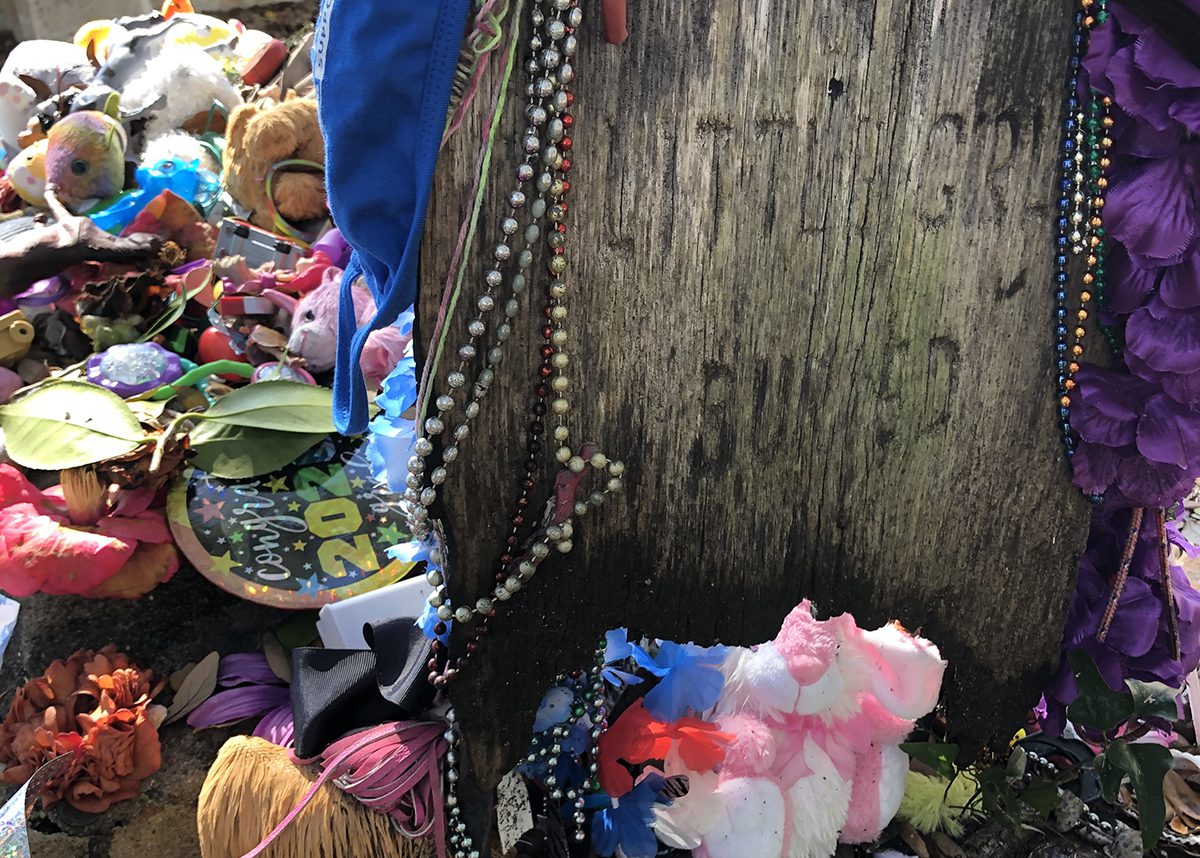
“Father, oh father, Please let me go with thee.
I long to see old England, across the deep blue sea.”
— From “The Rum Barrel Girl” by Gumbo Lily
Supporter Spotlight
I was on a morning run in the crisp fall air with golden aspen leaves littering the ground like an abstract mosaic. The crunching of leaves under my footsteps caused a red fox to raise its head, catching my attention. Peering at me from around a headstone, I stopped. We stared at each other for a few seconds, then the fox went about its business mousing for rodents.
Old cemeteries, especially those with old-growth trees, are perfect habitat for a variety of animals such as foxes, deer, rabbits and owls. This is why I seek them out; the older the better. I abandoned my run and began walking the pathways between the headstones looking for wildlife. High up in a lanky pine tree, a raven scolded an oblivious great horned owl.

As I stepped between the graves, one headstone caught my eye. The entire gravesite was a memorial covered with mementoes. A basketball, stuffed animals, angel figurines, flowers, toy horses, lariats and cowboy boots. There was even a ball cap with the words, “Beach Cowgirl” printed on the crown. The gifts spoke of an adored and obviously beloved young girl.
Related: Special tour to give voices to Beaufort’s oldest residents
Curiously out of place at the base of the grave was a seashell. Not a tourist-bought, clean and polished seashell, but a raw, ocean-tumbled helmet shell that you would find along the beaches of the East Coast.
Supporter Spotlight
The owl, the grave and the seashell caused synapses to fire in my brain like a pinball lighting up memories.
As if in a trance, I was teleported back to the Old Burying Ground in Beaufort, North Carolina. Here I have searched the live oak trees for the great horned owls, where they nest year after year, near the grave of the intriguing “rum keg girl.”
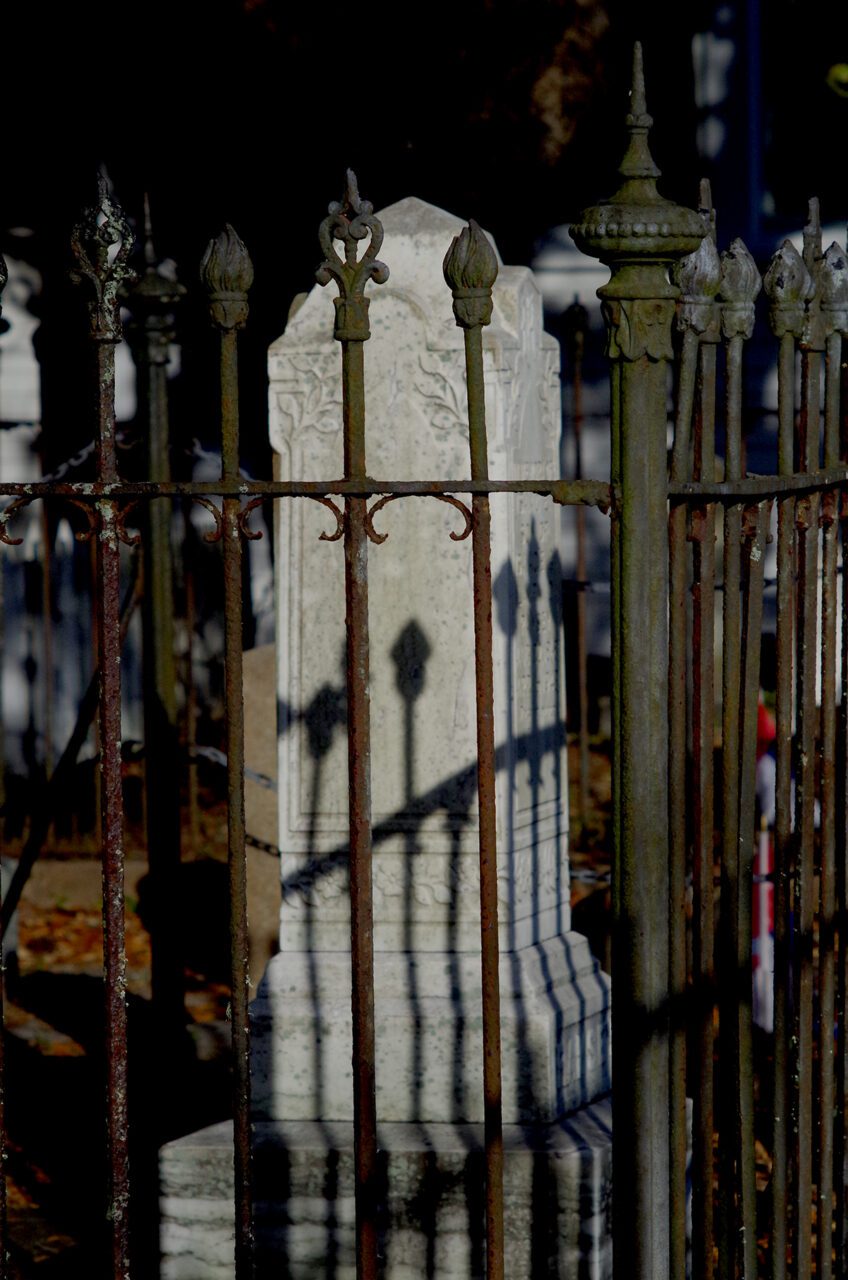
With burials starting in the early 1700s, the Old Burying Ground is on the National Register of Historic Places.
Primordial looking live oak trees drape their branches creating a canopy of shade over the headstones. Twisted arms of wisteria grip any surface like a rat snake climbing a tree while patches of ivy and ferns fill unclaimed ground. Time and weathering have erased the etchings on some headstones, leaving the epitaphs unreadable. Moss and lichens have colonized most stonework throughout the grounds in a patina of time.
Surrounded by concrete and wrought-iron fencing, tombstones and monuments stand low and tall, from modest to elaborate. Placement of family plots and individual graves appears helter-skelter, resulting in a maze of paths that weave among the graves.
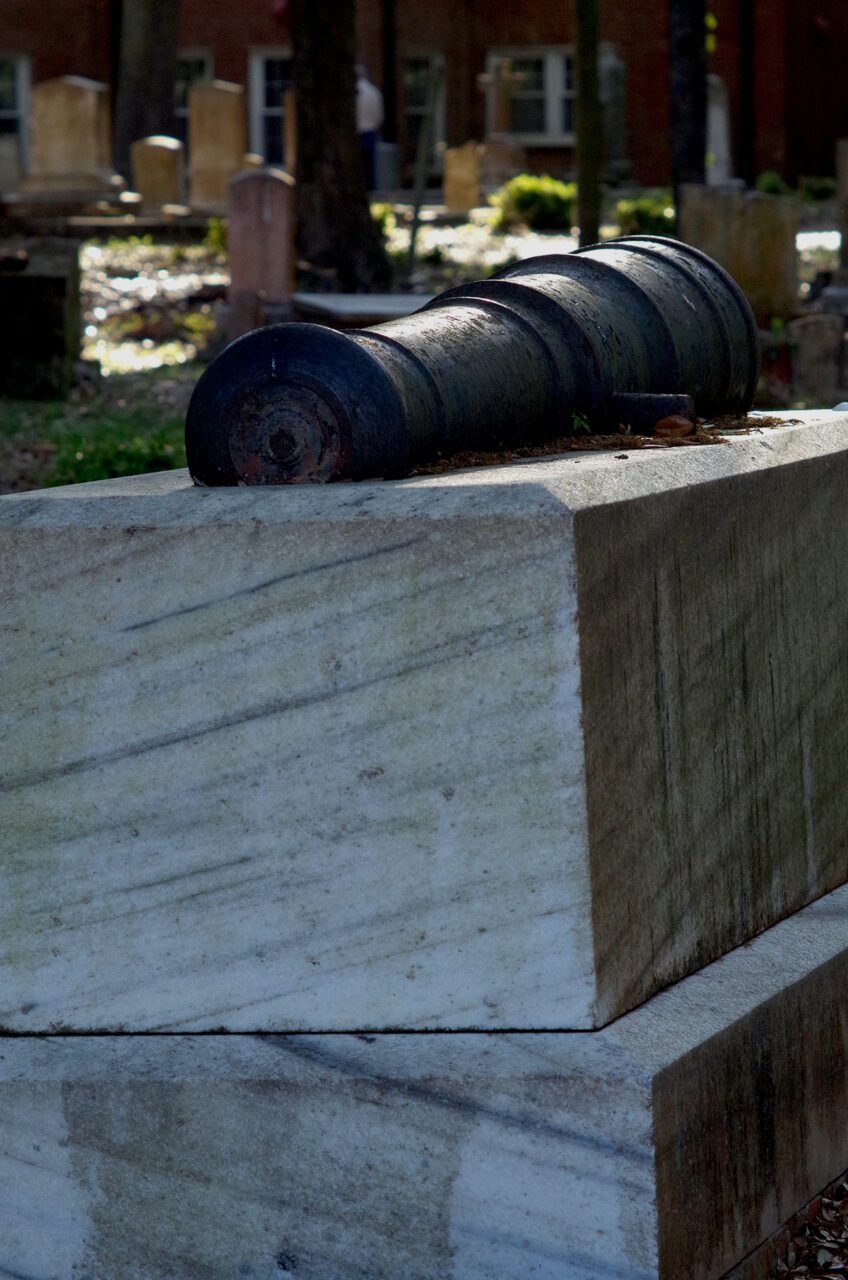
Upon entering the gated churchyard, visitors can soak up the history while taking a self-guided tour. With 28 points of interest, the tour features Capt. Otway Burns, “naval hero of the War of 1812,” a British officer reported to be buried standing up in full uniform, the crew of the shipwreck known as the Crissie Wright, and of Jechonias Willis, a soldier who died during the siege of Fort Macon.
Yet, on stop No. 24, people are stunned when they come upon the resting place of a young girl buried in a keg of rum. Listed on the tour brochure simply as, “Girl in Barrel of Rum,” this story has captivated people for years.
I have read numerous accounts of the story and here is what I have pieced together.
In the mid-1700s, a merchant captain, named Sloo, possibly a Nathaniel Sloo, arrived from England to Beaufort with his wife and infant daughter, where he built a stunning house on Front Street with a splendid view of the water.
As the child grew, her homesick mother regaled her with stories of England. Fascinated by the tales of her homeland, the child dreamed of visiting there someday. The captain often set across the ocean to England and his darling daughter pleaded to take the voyage with him. Fraught with danger, the journey for a young child was just too risky. Her begging was denied. With persistence, and the passage of time, at 12 years old, her wish was finally granted. With his wife still unsure, Sloo pledged to return with his dearest daughter. The voyage to England was uneventful and she delightfully reveled in the land of her birth.
On the passage home, tragedy struck and the girl fell ill and died. Horrified and heartbroken, he was unable to slide his sweet daughter off a plank into the cold Atlantic for a burial at sea. Haunted by his vow, Sloo would return with his child.
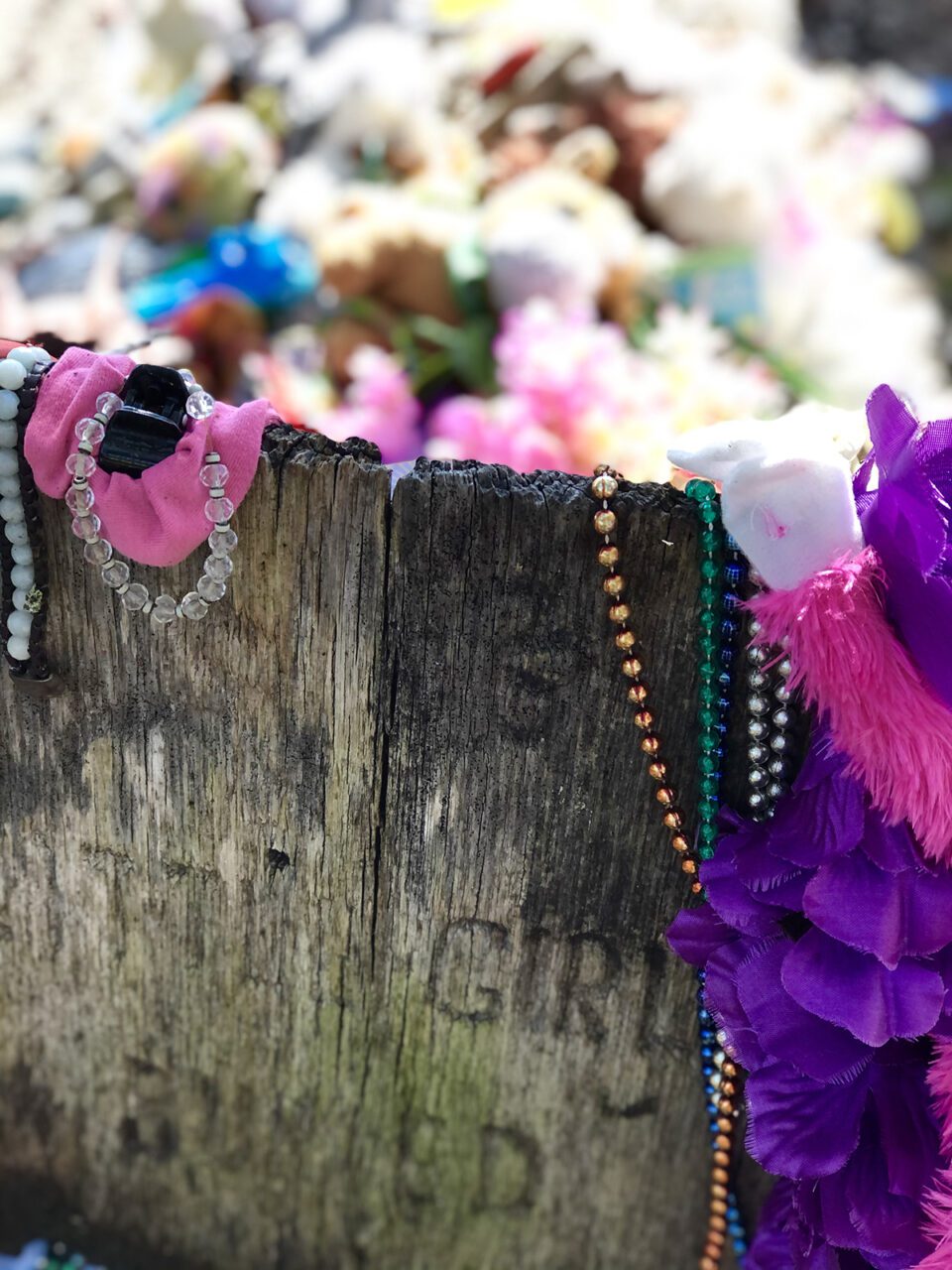
Pretty heartbreaking stuff, but is the story true, a legend or folklore? There isn’t really any documentation on record that can authenticate the burial of a child named Sloo in the Old Burying Grounds.
As they sailed west across the ocean, the captain pickled her remains in a keg full of rum. Upon return to Beaufort, the distraught mother did not want to disturb her baby’s body. The captain’s wife agreed to bury the little girl still encased, like a cocoon, inside the keg of rum.
Records do show that a Nathaniel Sloo did own a lot on Front Street in 1768, however he quickly sold the lot, never building a house on the property. This is the only documentation that can reliably place a man named Sloo with a presence in Beaufort.
In a few the stories, Nathaniel Sloo is referenced as the seafaring captain and father of the rum keg girl. Yet, there is no archival provenance that references the name of his wife, his daughter, or the burial.
The grave is marked with a primitive looking wooden plank with the words “Little Girl Buried in Rum Keg” carved into the surface. I read in one publication that the wood is a “slab of cypress more than two hundred years old.”
Even assuming that this is the original marker, I don’t think that any loving parents would omit their child’s name on the marker. The wording on the marker just seems to sensationalize the burial and not honor the deceased.
But maybe the story isn’t so far-fetched, there are other accounts of people being buried in a barrel of spirits. The Oakdale Cemetery in Wilmington has its own “girl in the barrel” who died in 1857. The daughter of a merchant captain, Nancy Martin, sailed with her father on a lengthy trading excursion. Nancy is thought to have fallen victim to yellow fever and died at age 24 in Cuba. Secured in a sitting position on a chair, her body was placed in hogshead of liquor for the return trip to Wilmington for burial in the family plot.
In the Old Cutler Cemetery in Maine, Jeanette Corbett is said to also be buried in a cask filled with rum in 1873. Known as the “Lady in a Rum Cask,” Corbett died while with her merchant captain husband on a trading trip to Cuba.
While dying, she insisted to be buried in her home state of Maine. A new bride at 26 years old, she was preserved in the intoxicant for the passage home. Fearing that she might have died of yellow fever and could infect others, she was left in the barrel for burial.
So, there are other accounts of people spending their eternal rest soaking in a barrel of alcohol.
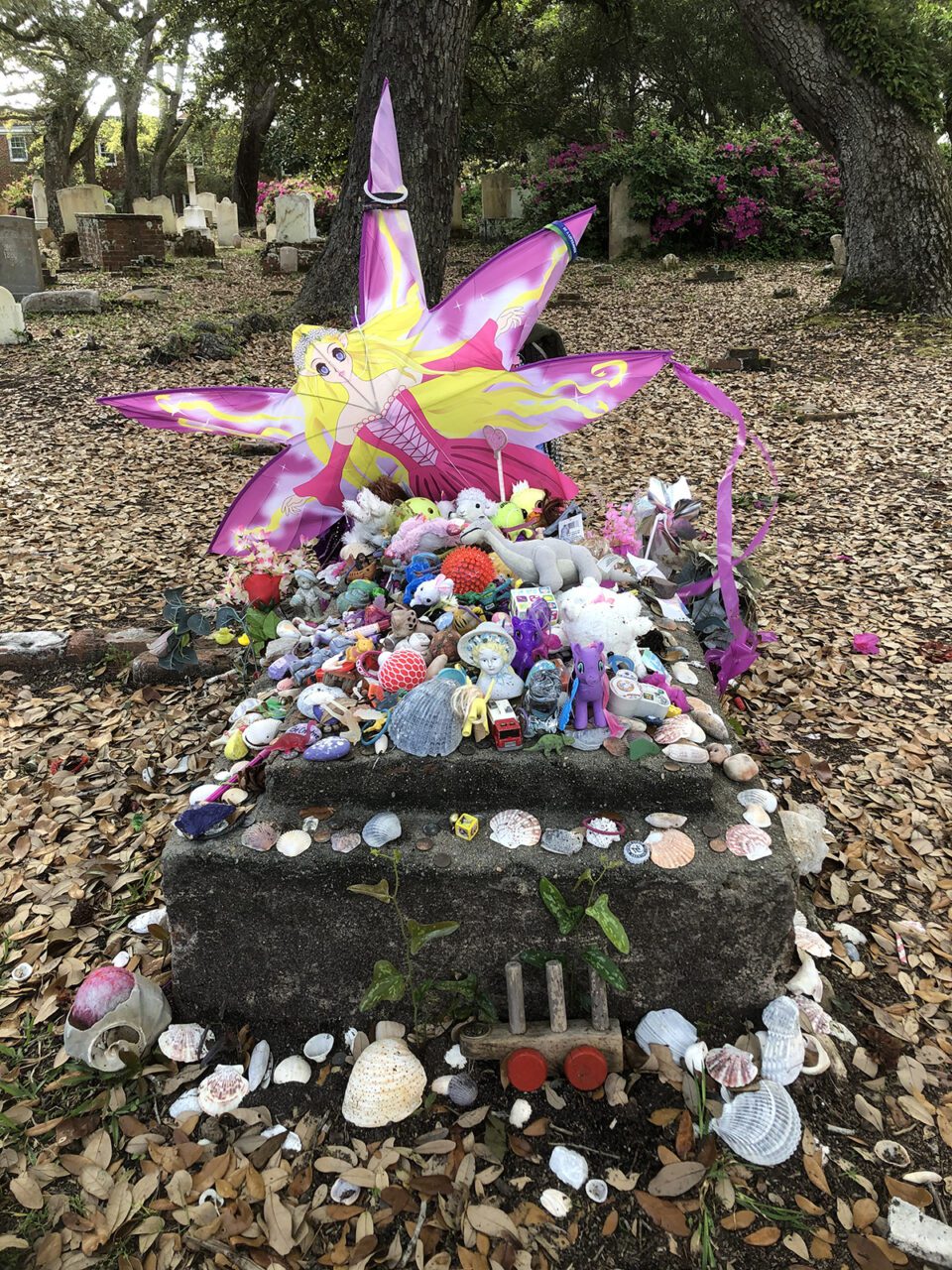
In 2016, the rum keg girl grave gained some unwanted notoriety when the Beaufort police and fire departments responded to a report of a fire on the Old Burying Ground. When they arrived, they found the grave had been desecrated. Set ablaze for some cryptic reason by a vandal.
Her story has intrigued the interest of musicians, inspiring the haunting song, “The Rum Barrel Girl” by the North Carolina Americana band, Gumbo Lily. A chance visit to the grave site influenced writer Katy Simpson Smith to pen the 2014 novel, “The Story of Land and Sea.”
I was able to speak with Patricia Suggs, executive director of the Beaufort Historical Association, which offers guided tours of the Old Burying Ground. She more than hinted that it is entirely possible that the rum keg girl story could be a fanciful fabrication. She stated that the story could have been conjured up and given life by a storytelling group called the Fishtown Liars in the 1960s.
The group conducted tours on the history of Beaufort including the Old Burying Ground. To keep their tales entertaining, it is said they never let the truth get in the way of a good story. I think it is fair to say that this story is now part of the town’s oral history.
Today, the grave continues to attract tourists, history buffs and the curious. Pilgrimages are made to adorn the grave with stuffed animals, toys, bead necklaces, bracelets, coins, flowers and lots of seashells. The last time I visited, there was even a colorful kite propped above the vaulted grave.
Piling up like cairns, these tributes need to be regularly removed by the site managers. Soon enough, though, the decorations will again quickly accumulate, covering the grave.
Legend, folklore, myth or fact, the rum keg girl lives on. Stories persist that she comes out at night and runs around the cemetery, her own haunted playground. Gifts left at her grave mysteriously move around to different locations. Listen closely and you can even hear her humming.
It is a captivating story weaved into the fabric of Beaufort’s cultural heritage. It is an enduring story that will continue to fascinate people for years to come – a story too good not to be told, nor forgotten.
Is it fact or fiction?
You decide.
I like to think that the story is true and that her spirit drifts high through the tangle of branches hovering above the graveyard. Many cultures believe that owls are the spirits of people that have passed on.
Perhaps she lives on through the generations of great horned owls that glide through the twisted, moss-covered limbs of the ancient oak trees in the Old Burying Ground.








